When Adrian Bosshard stepped into the role of CEO at Swiss watchmaker Rado in 2020, the world was a very different place. A global pandemic had not yet crippled supply chains and the luxury market sat unknowingly at the precipice of a great reinvention; in essence, it was the perfect storm. Few could have predicted the sweeping industrial changes that would impact the global economy, but Bosshard, a decades-long veteran of the watch industry, was the perfect person to steer the ship.
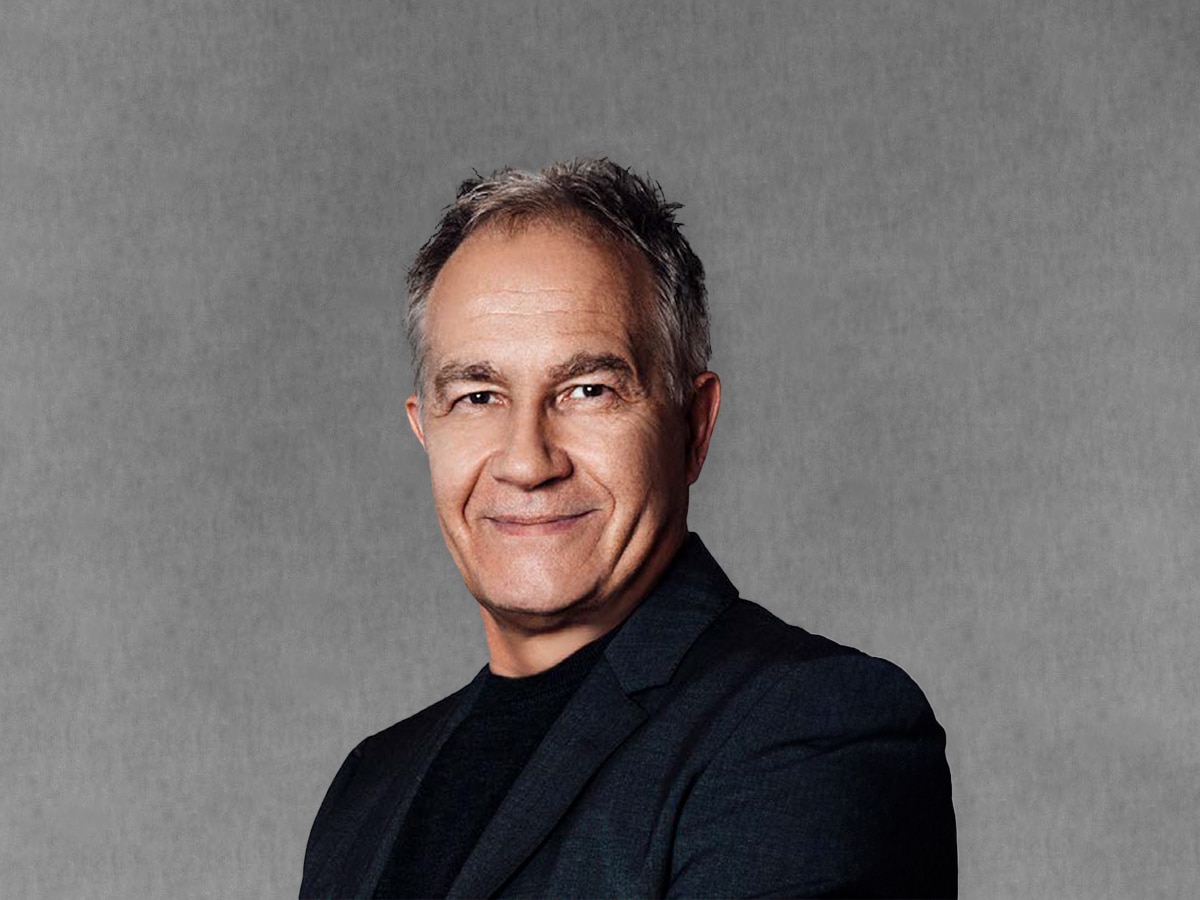
“I was always a great admirer of Rado. My first expensive watch was a Rado Integral in 1991, which I got as a wedding gift from my wife. That meant I had a special affinity. I see the brand in the markets, and I was always impressed by the products, the uniqueness,” Bosshard explains. “Since starting at Rado, I’m even more impressed about the competence in the different fields, the competence in the field of material developments, ceramic developments, R&D, the competence of the people, and especially also the passion of the people.”
In his four years at the helm of the Swatch Group maison, Bosshard has overseen some of the biggest developments in the brand’s more than 100-year history. Somewhat fittingly, it is history that has underpinned these successes. The revitalisation of the iconic Captain Cook collection marked a welcomed return to premium sports watches, headlined by the ultra-impressive High-Tech Ceramic in 2021, and it was only the beginning. Subsequent ventures into the Rado archive books spawned new iterations of the historic DiaStar timepiece and the retro-favourite Anatom.
Ahead of a blockbuster year that Bosshard describes as ‘ambitious’, we caught up with the watch industry legend to discuss Rado’s illustrious past, its thriving present and most importantly, its blue ocean future.
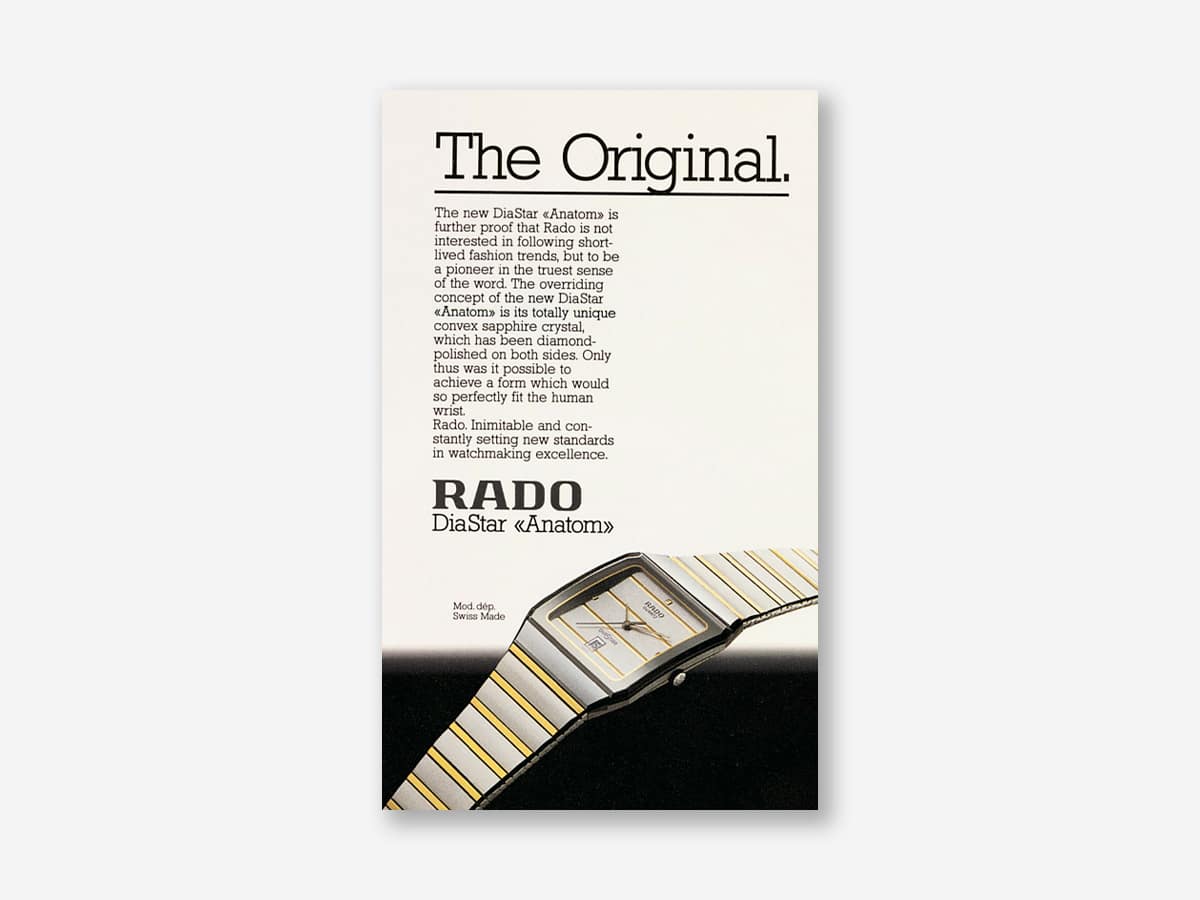
MoM: Rado is a brand that is often regarded as the ‘Master of Materials’, tell me a little about where that moniker originated.
Mr Bosshard: In the ’50s, the management of Rado had a vision. It was a time when all the watches were in steel or gold, or even brass, and all the watches were always heavily scratched. At that time, the management of Rado had a dream to realise a timepiece that was fully scratch-resistant; case and the glass. In the beginning, of course, people were shocked, “It’s impossible, only the hard metal is fully scratch-resistant. You cannot produce a case in hard metal. It’ll be too heavy, not appropriate,” and so on. But they did it.
At Rado, we have a means; What we can imagine it, we can make it, and what we can make it, we’ll do it. This started in 1962, with the first DiaStar.
This was the first fully scratch-resistant Rado or timepiece in the world, hard metal, and sapphire glass. The first sapphire glass produced on an industrial base, and with this, the journey of the master of material started, because we were the first brand to have produced a scratch-resistant timepiece, the first brand to have worked with sapphire, and the first brand to have worked with hard metal.
Of course, being a hard metal, it was heavy, so we started the journey in ceramic in 1986, with the first Integral. So, really the journey was hard metal, DiaStar, Integral, ceramic, and during this period we have pushed further to create new materials, Ceramos, plasma ceramic, gold ceramic. Development is never stopping and therefore, we have the reputation which we have not invented ourselves, which we have earned, as the master of materials.
MoM: So 1962 was a pretty big year for Rado-
Mr Bosshard: It was really … it was.
MoM: … but also for yourself?
Mr Bosshard: Yes! Especially for my parents. I was born at the time, so it was a really great coincidence. The first DiaStar was born in 1962, the Captain Cook was launched in ’62 and then I was launched in ’62 also.
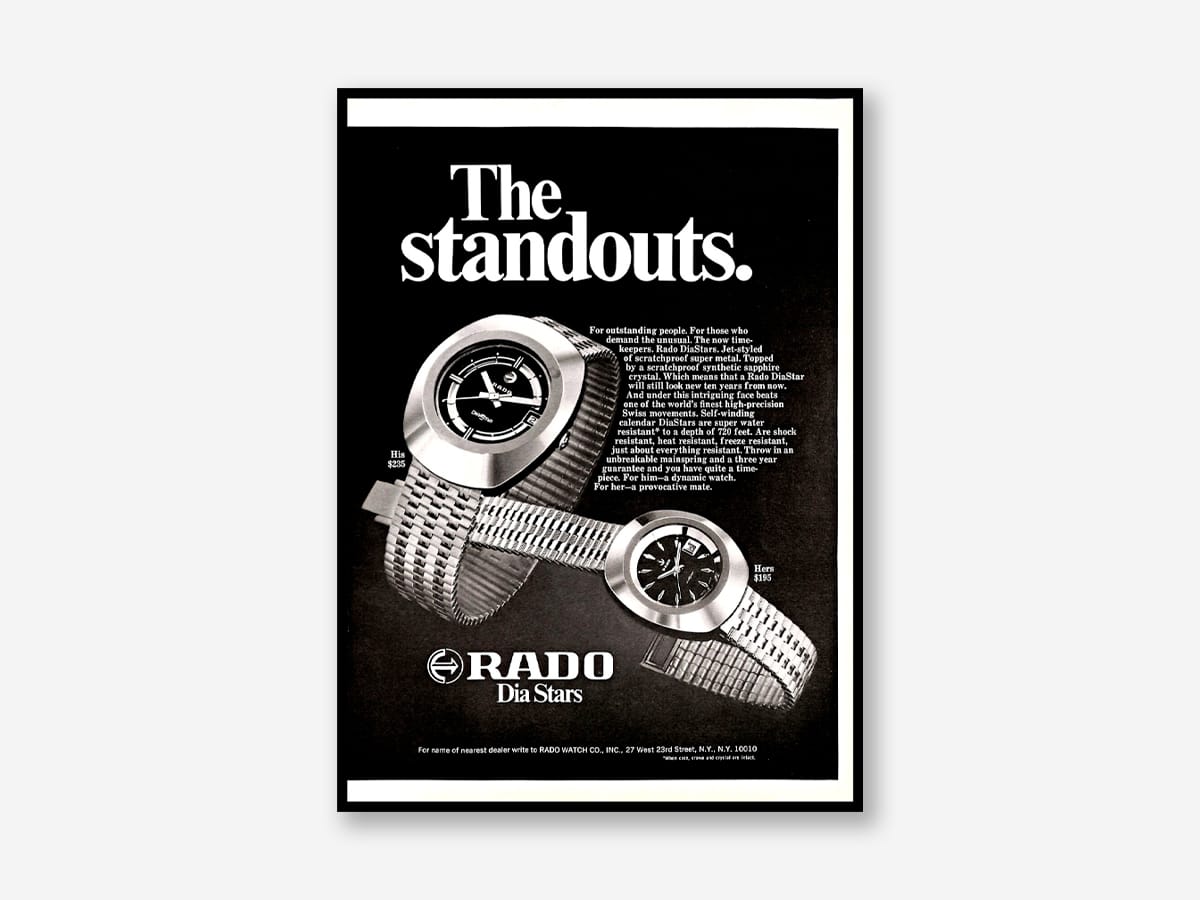

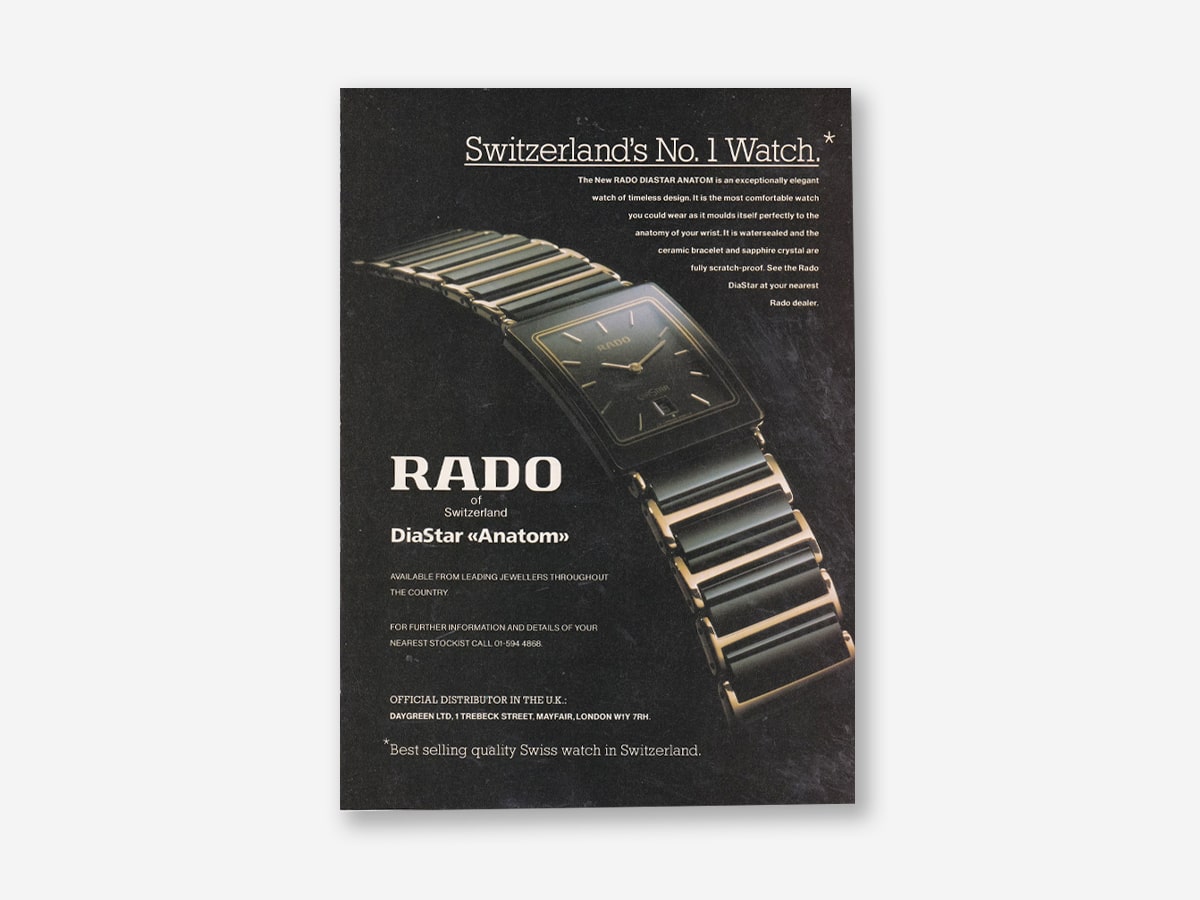
MoM: It seems as though Rado, much like Longines, has focused heavily on revisiting archival pieces. Do you believe that having established lines and ranges to fall back on helps you speak to the next generation of watch lovers?
Mr Bosshard: When you have the chance to be a brand that has iconic designs, it would be stupid not to release these designs, because not a lot of brands have this. You have the OMEGA Speedmaster, the Moonwatch. It’s an iconic design.
The same goes for the Royal Oak by Audemars Piguet the Nautilus by Patek (Philippe), and the DiaStar or the Anatom by Rado. To build up and strengthen the brand, these iconic designs arrive at a time when vintage design but modern technologies are appreciated. Nobody wants to have an old watch, but a design inspired by the past, with the most modern technology, is very appreciated.
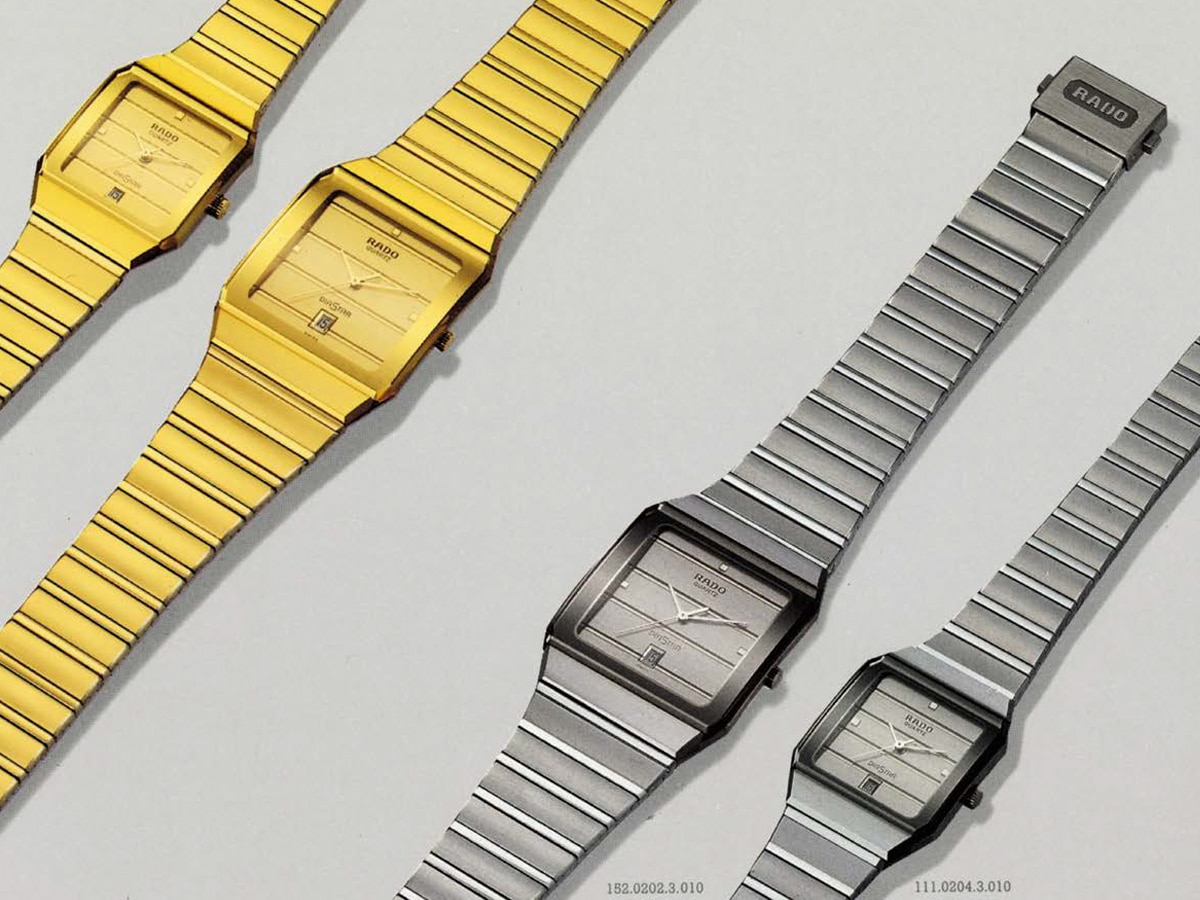
MoM: Over the last few years, we’ve seen Rado revive the Captain Cook, the DiaStar and late last year, the Anatom. How do you go about modernising a classic piece from history?
We have two fields there. First of all, we see that the young generation, they like also vintage inspired and embedded designs. It’s appreciated, and not only the last one, two years, but also designs from the ’60s, ’70s, and from the ’80s.
On the other side, you have a lot of dynamic young people, who are wearing watches from their fathers. I have a Speedmaster from my father, a watch that is 40 years old and I also have a Rolex from my grandfather. It’s an old timepiece, moving from generation and you then have new watches, inspired by these traditional designs, but developed with the most modern technology.
This is our job, to draw inspiration from these iconic designs, but use all the modern technologies available in 2024.
For this year in Australia, we have the big pleasure of launching another iconic timepiece, which has its roots in 1983. The first Anatom watch was released as a quartz timepiece in hard metal because ceramic was not available at that time. So, when I started in 2020, I knew the Anatom must be relaunched with the most modern technology.
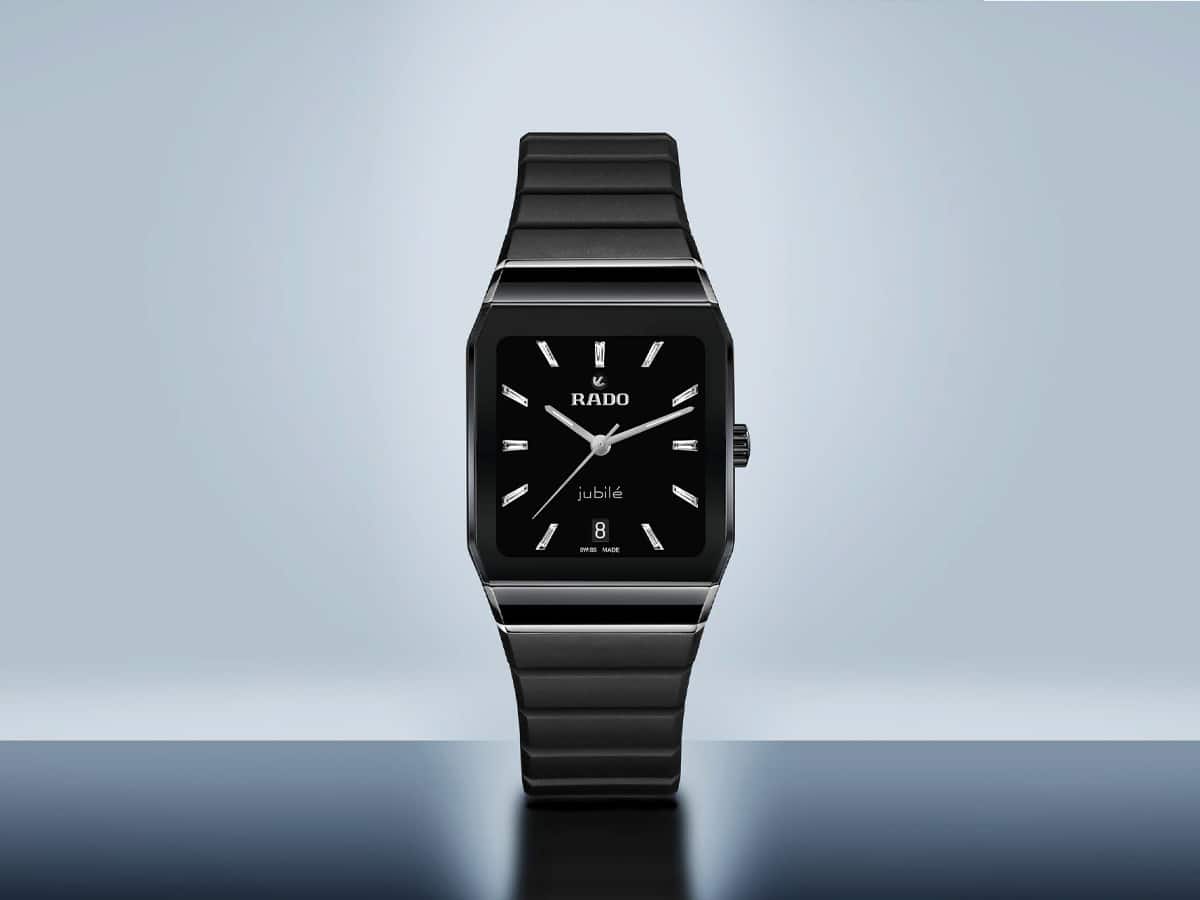
When you see the detail, the integration of the sapphire in the ceramic case, it’s really an artwork on an amazing level and a mechanical timepiece with a very flat automatic movement. The Nivachron balance spring, with the oscillating weight forms like an anchor, which is our logo symbol.
MoM: From a price-point perspective, Rado has staked its claim on value for money. Are you seeing more interest from younger luxury watch fans or people new to the market?
It’s always a big satisfaction, because I’m a watch geek since I can’t think, and we are all aware that already $2,000 to $7,000, it’s a lot of money. Clearly, you have to save before you can buy it, and our aim in the Swatch Group is to have brands in all different price levels; qualitative timepieces in the base price segment with Swatch, in the middle price segment with Certina and Tissot, in the upper price segment with Rado, Longines, in the luxury segment, OMEGA and above.
This is important for young people. When somebody has finished university and starts to work finally, they want a timepiece not just for two or three years. They want a timepiece for life. When I go to look in the factory, often I see watches that are 20-25 years old, they look like new. It is really impressive and it gives us a lot of trust in ourselves to do all that is needed to give more customers worldwide the opportunity to learn all about the advantages of Rado.
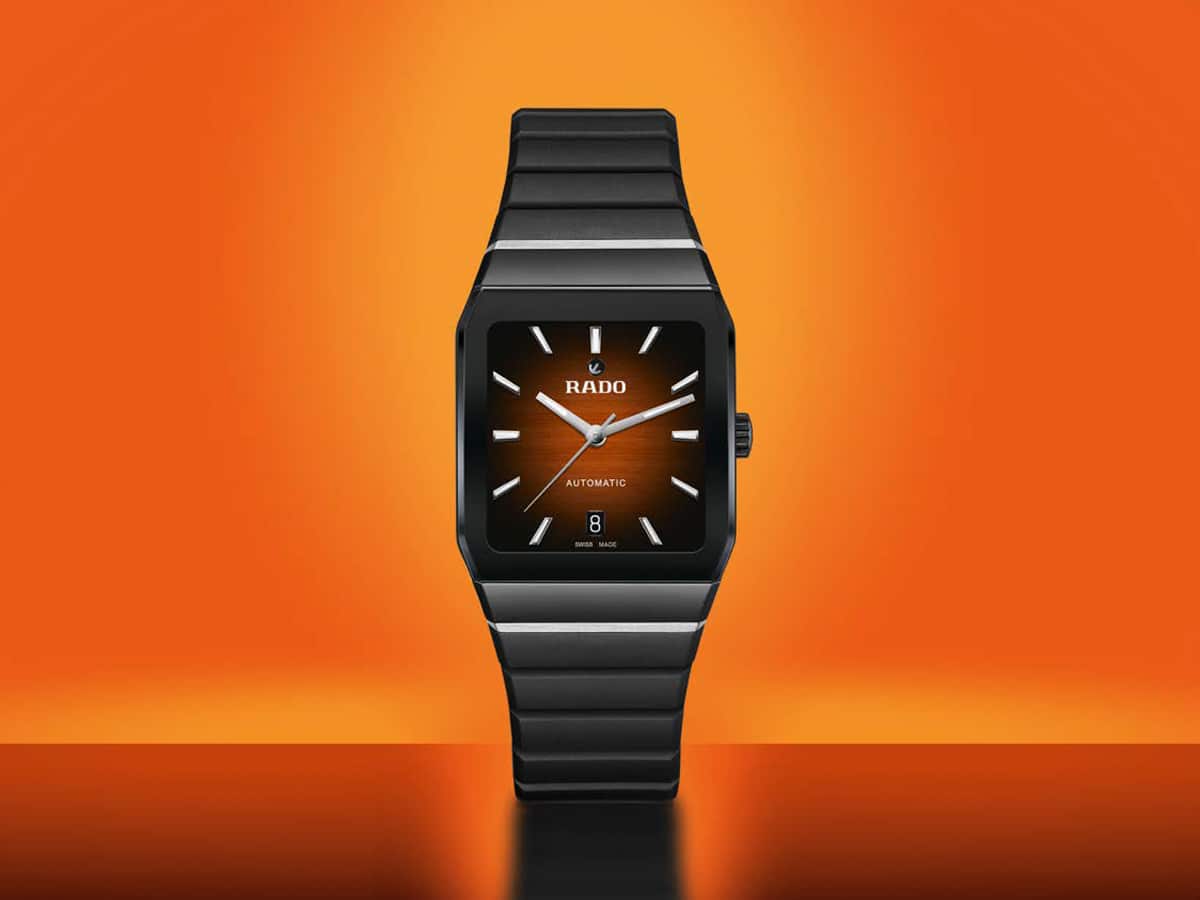
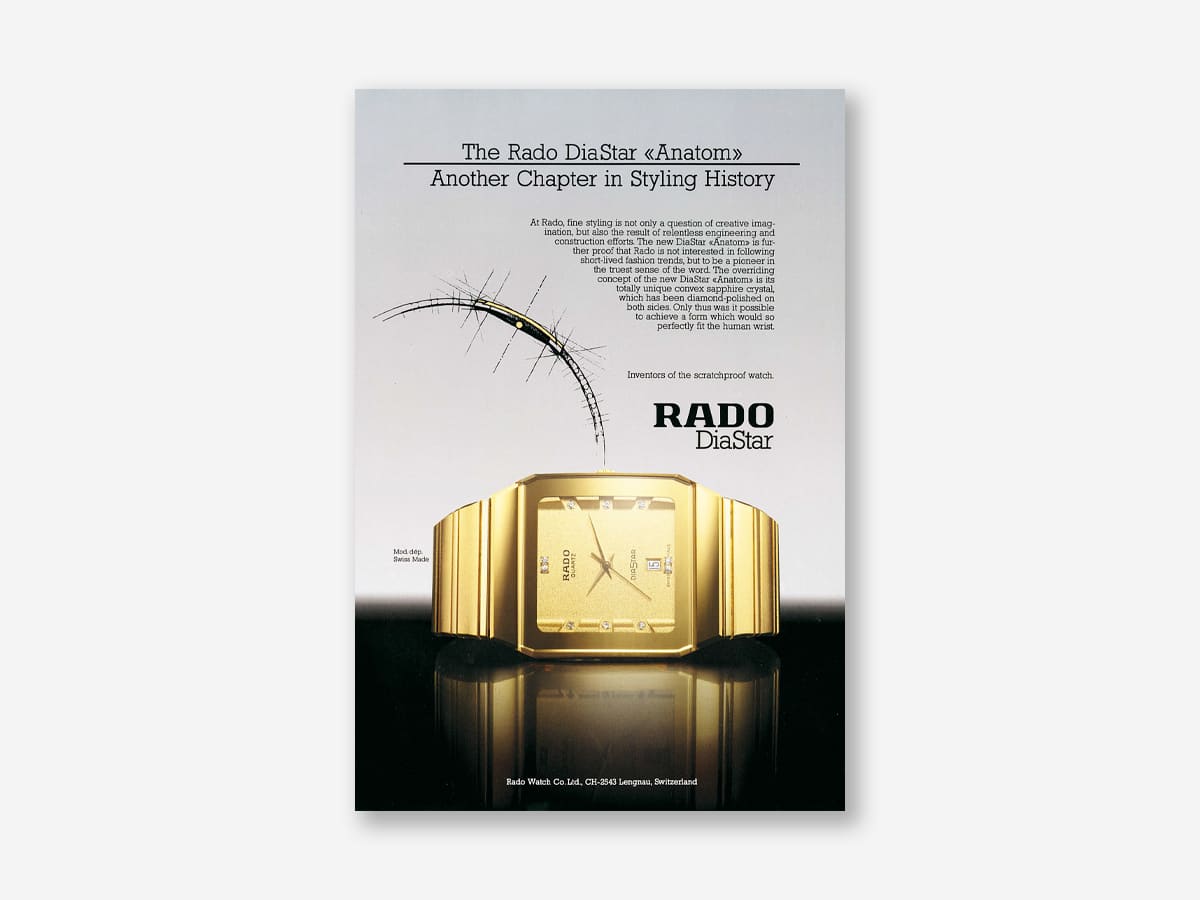

MoM: Looking more broadly, what are the key trends you are noticing within the watch industry at large?
Mr Bosshard: I definitely believe that the trends which we felt during the last couple of years will strengthen and remain. On a global scale, we have not had an easy geopolitical situation, with inflation, with conflicts, and people are often scared to spend money. When they do spend money, they want to spend for real values and real pleasures. Therefore, we feel that strong, established, consistent brands will gain market share, while short-term-oriented companies will lose customers.
Also, the entry price, fashion segment watch, which is appropriate for three, six months, and after it will be obsolete. These kinds of products have had more difficulties during the last years, and I believe also in 2024.
Strong brands like OMEGA, like Rado, or Swatch, will continue to gain market share because you have roots, you have tradition, you have responsibilities; it’s decades, and also for decades in the future. I am very positive, despite all the challenges worldwide, for the Swiss watch industry, and especially also for Rado.
Adrian Bosshard is the global CEO of Rado and 20-year veteran of the Swiss watch industry. To learn more about Rado’s heritage pieces, or the latest Anatom and DiaStar watches, visit the watchmaker’s official online boutique.
Disclaimer: The author of this article, Nick Hall, was invited to attend the product showcase as a guest of Rado.




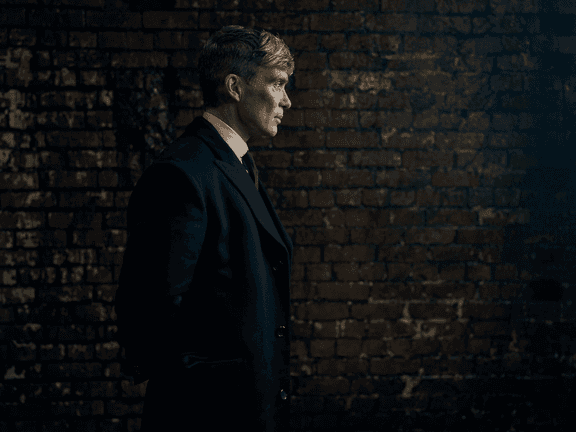




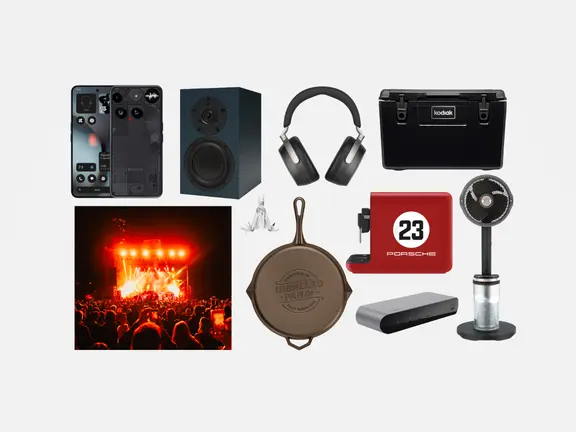

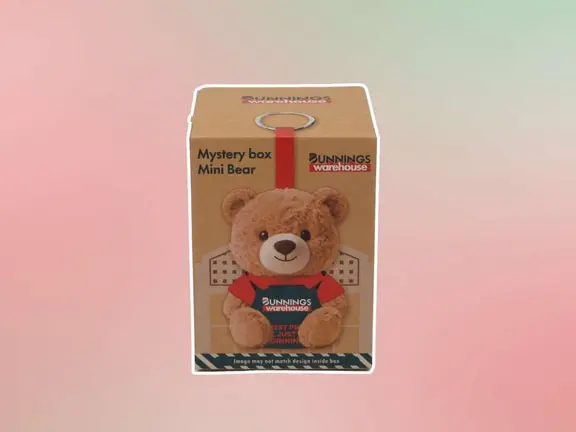








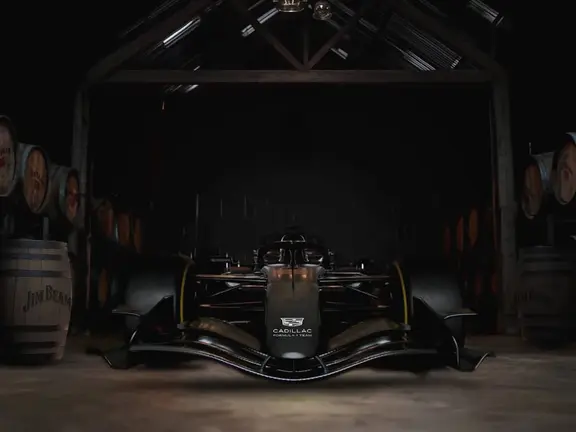


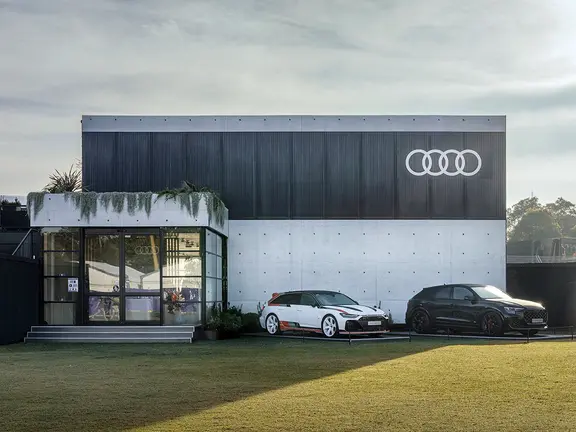








Comments
We love hearing from you. or to leave a comment.